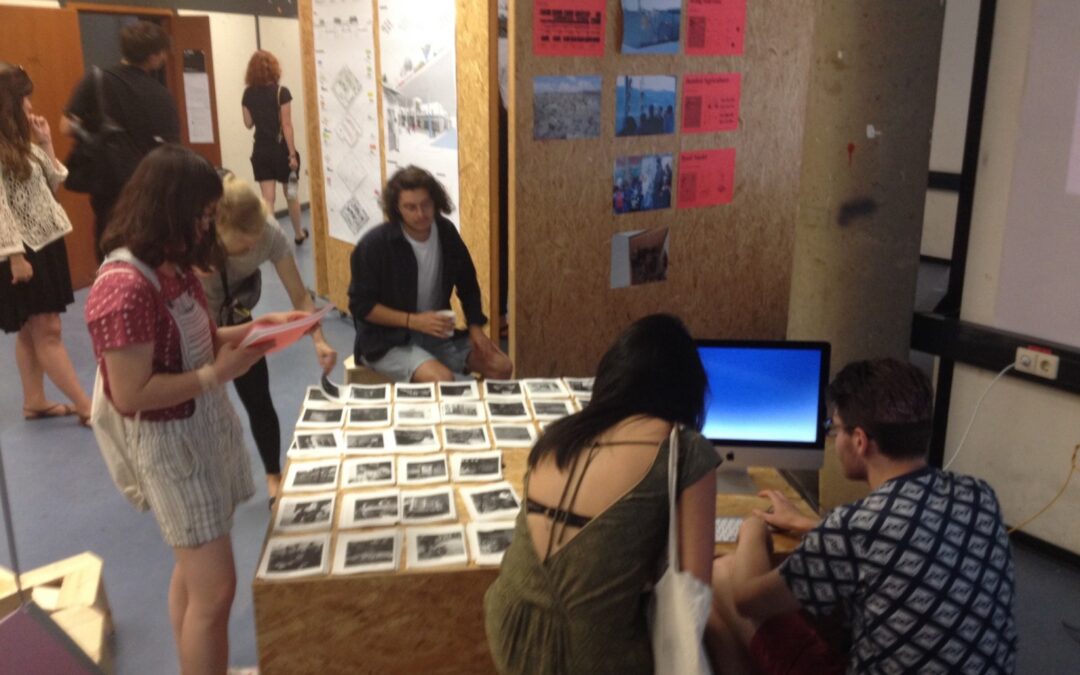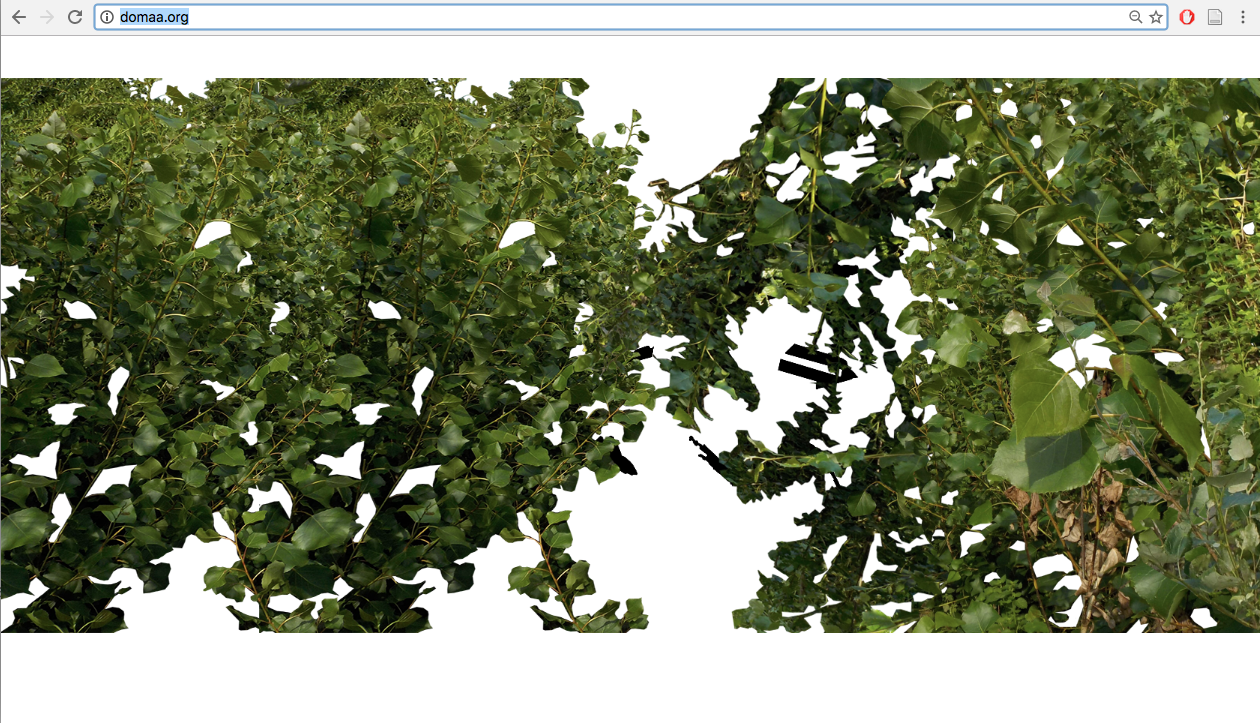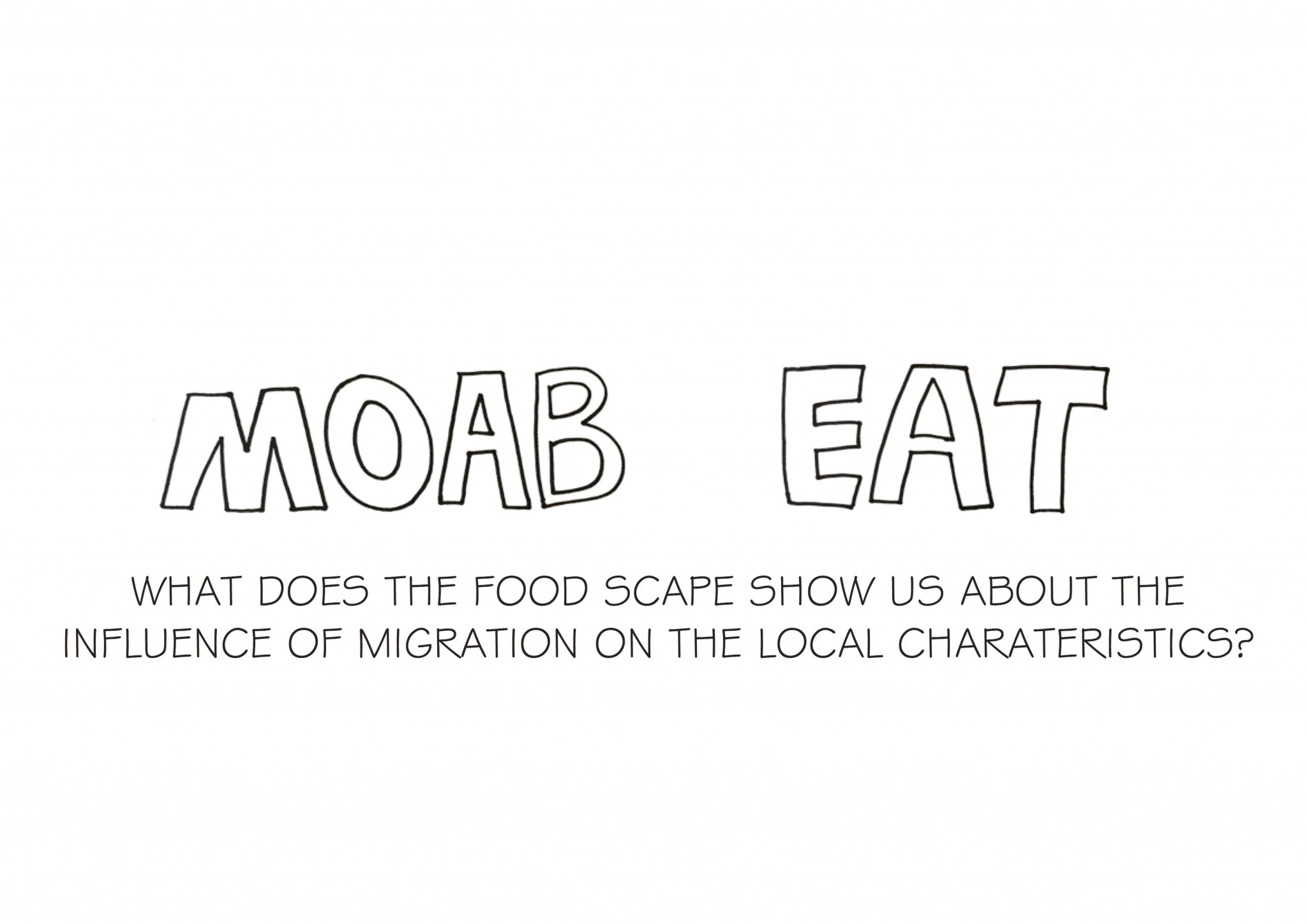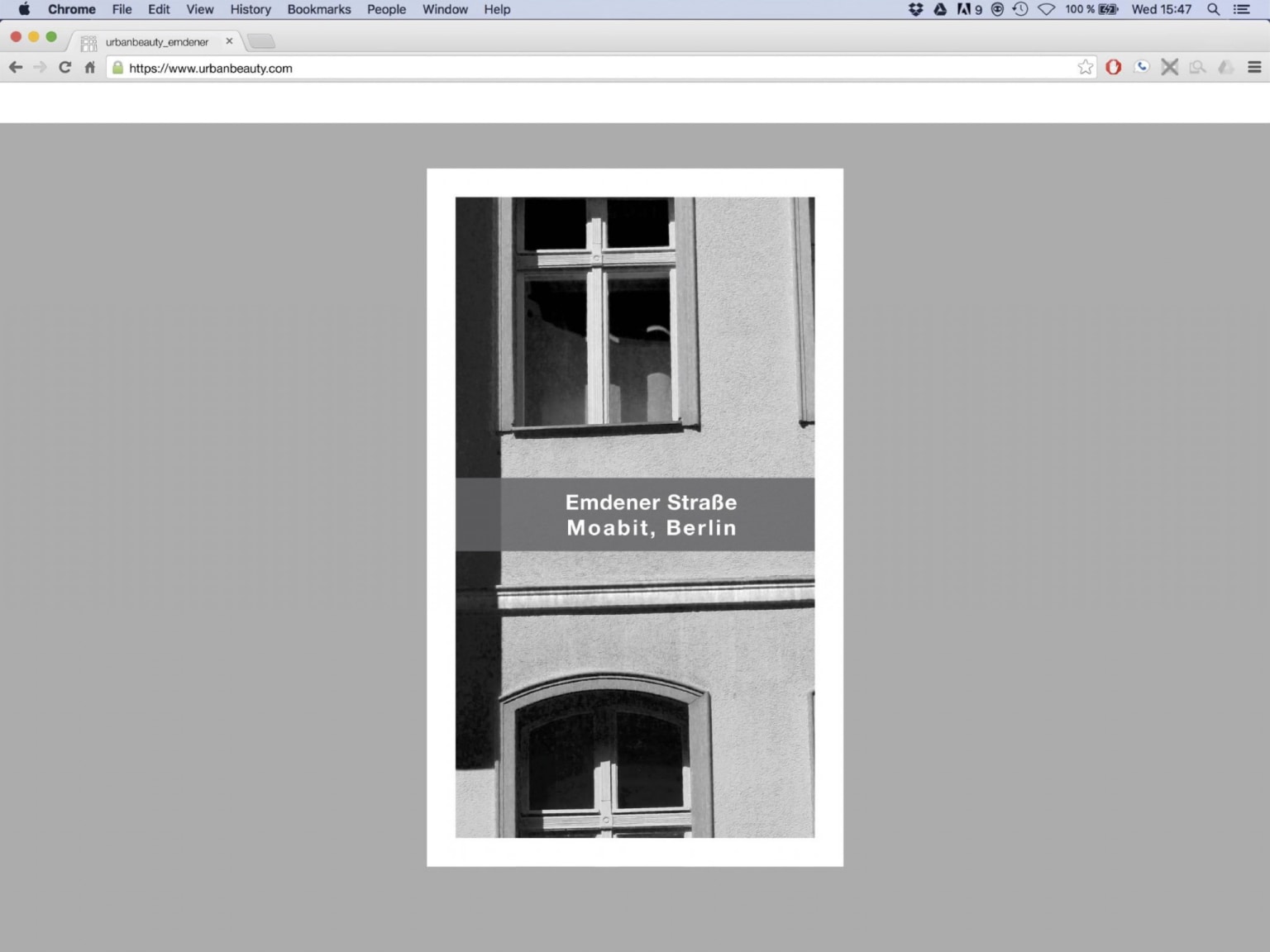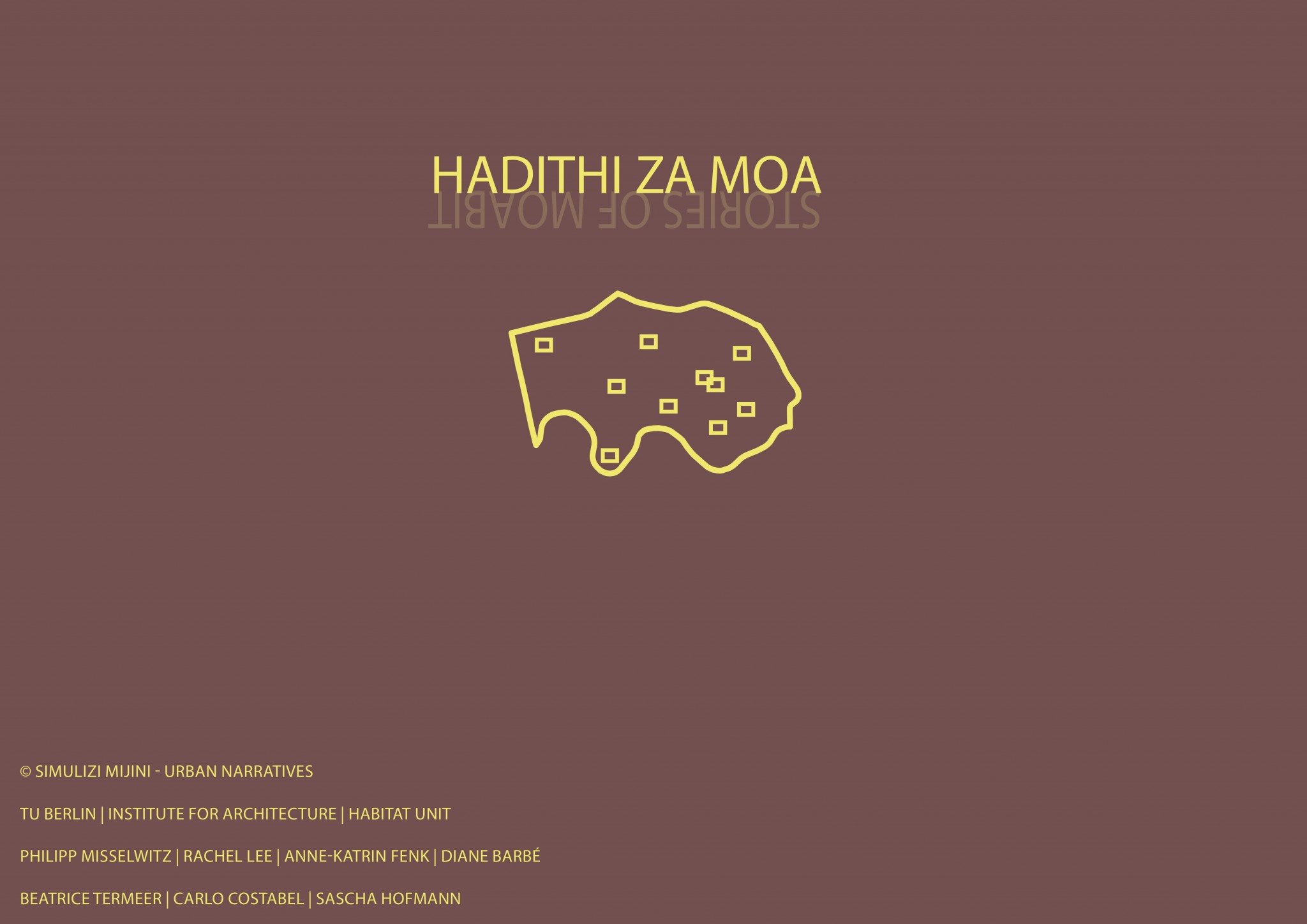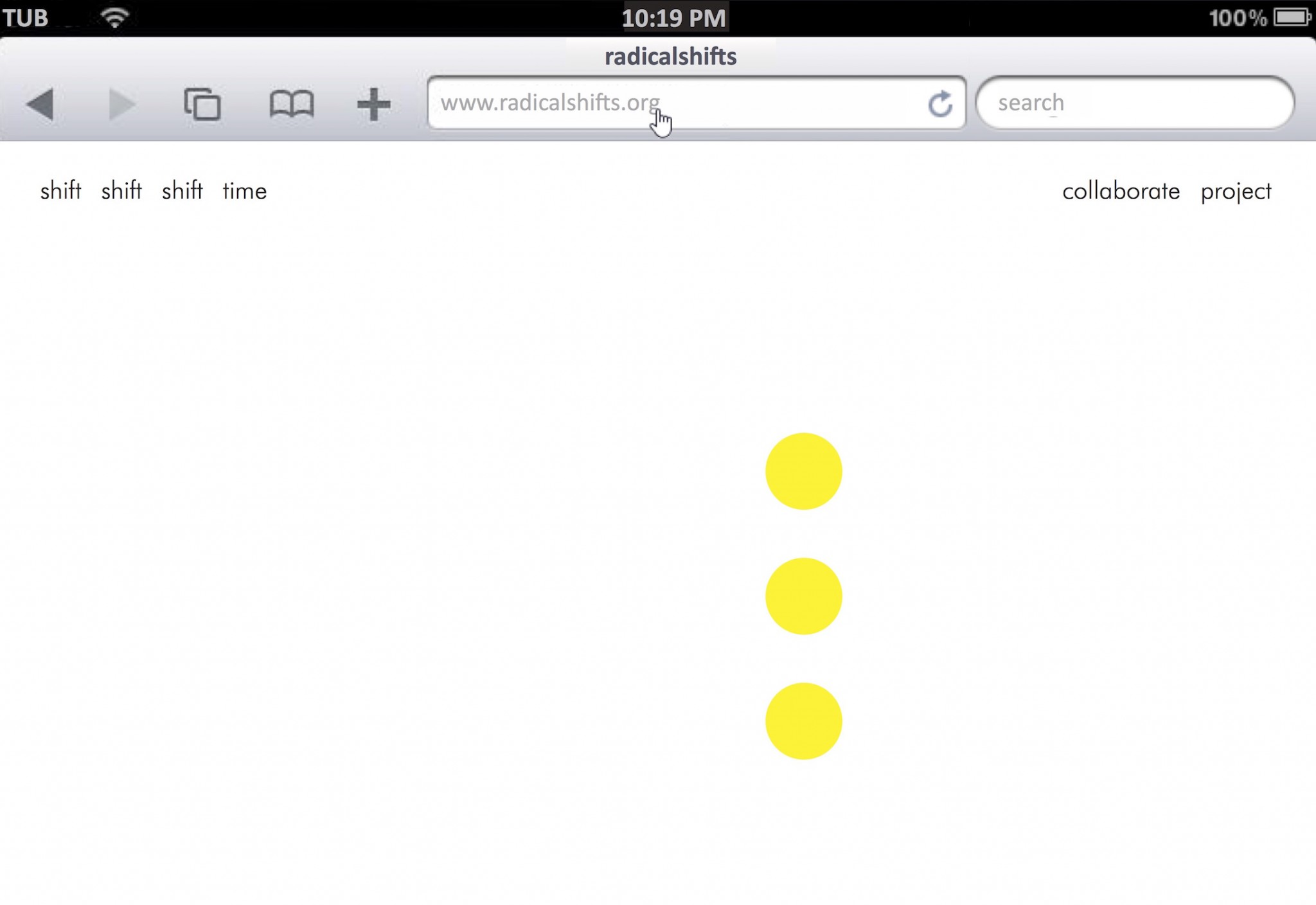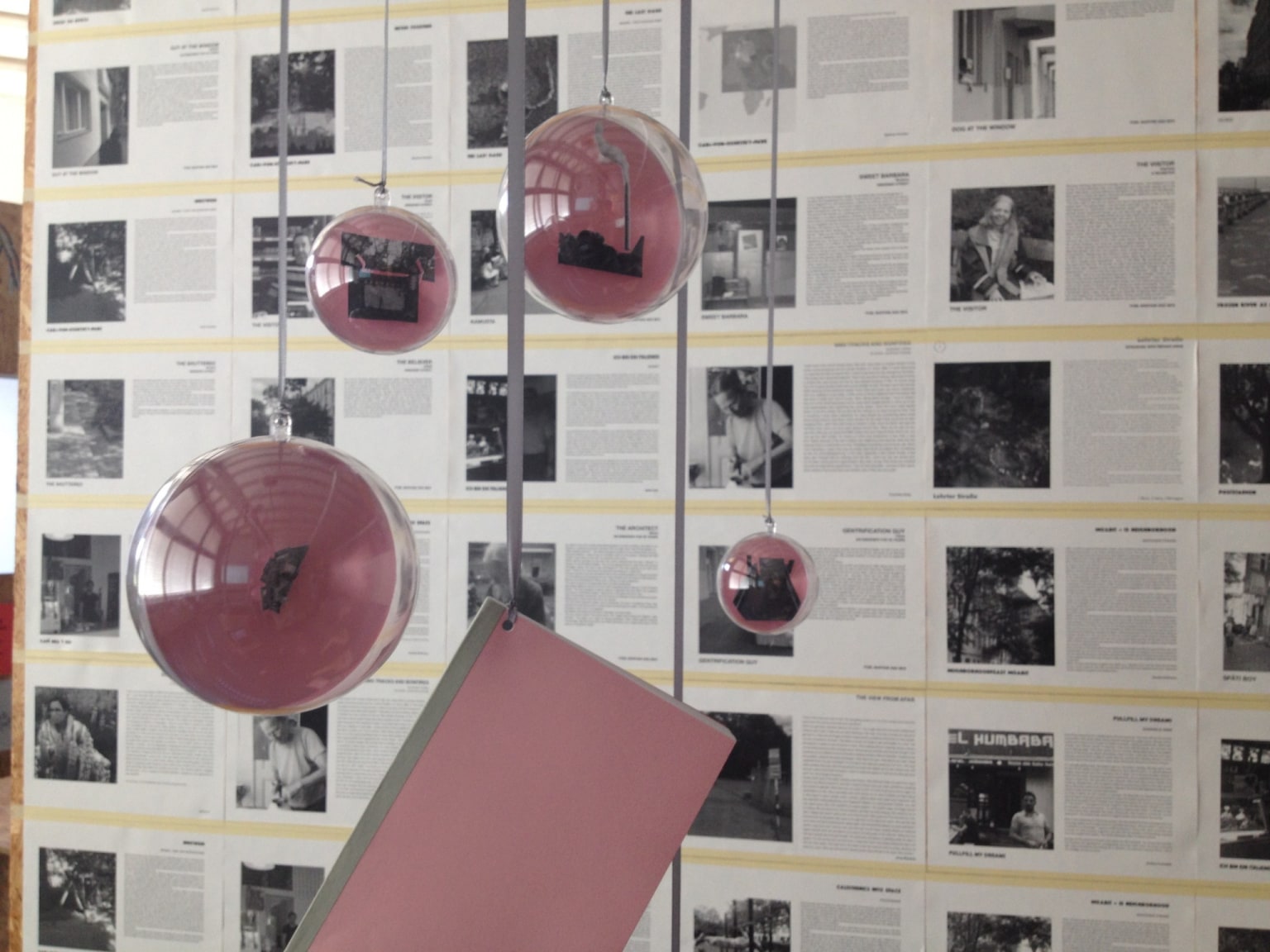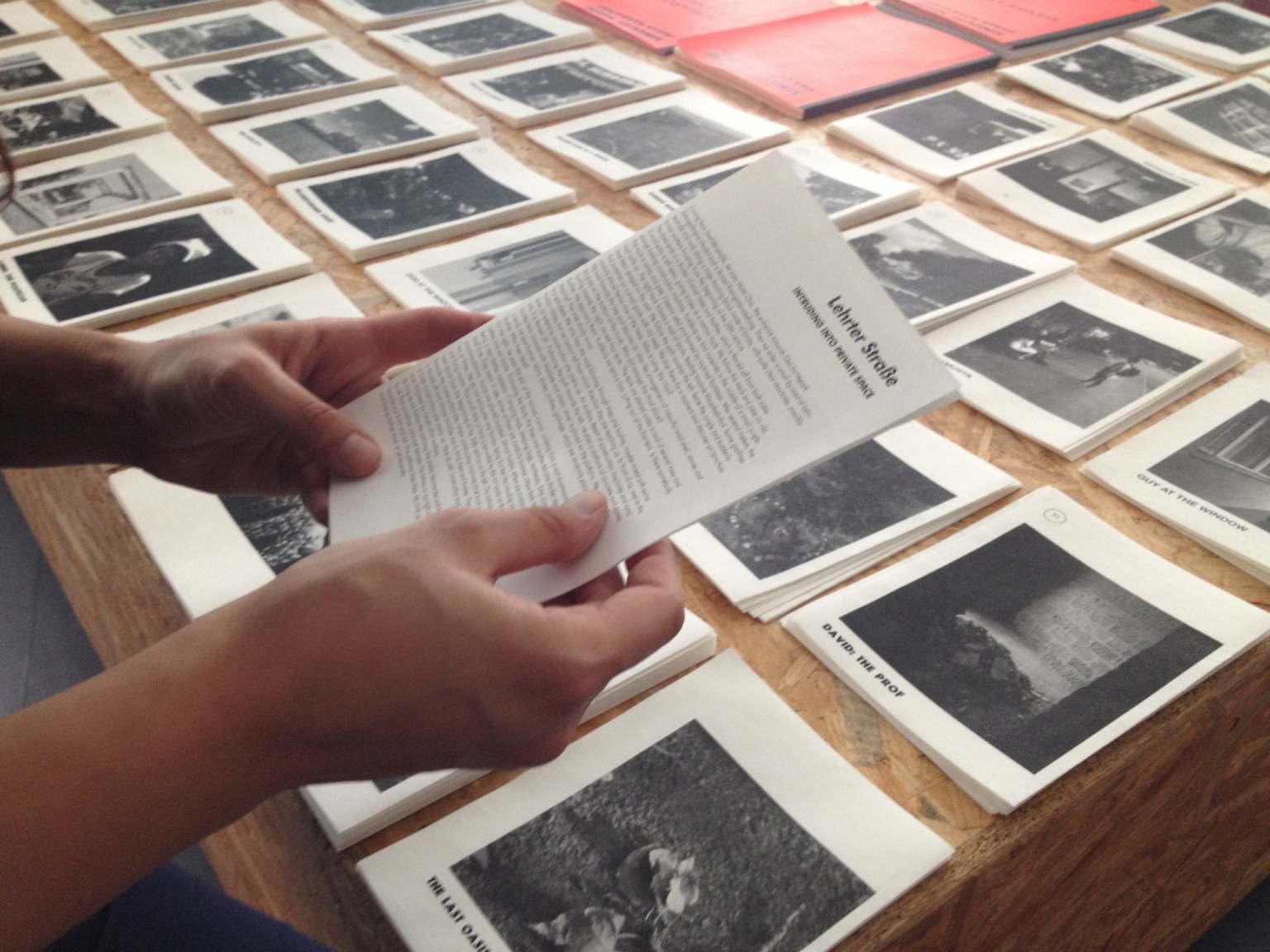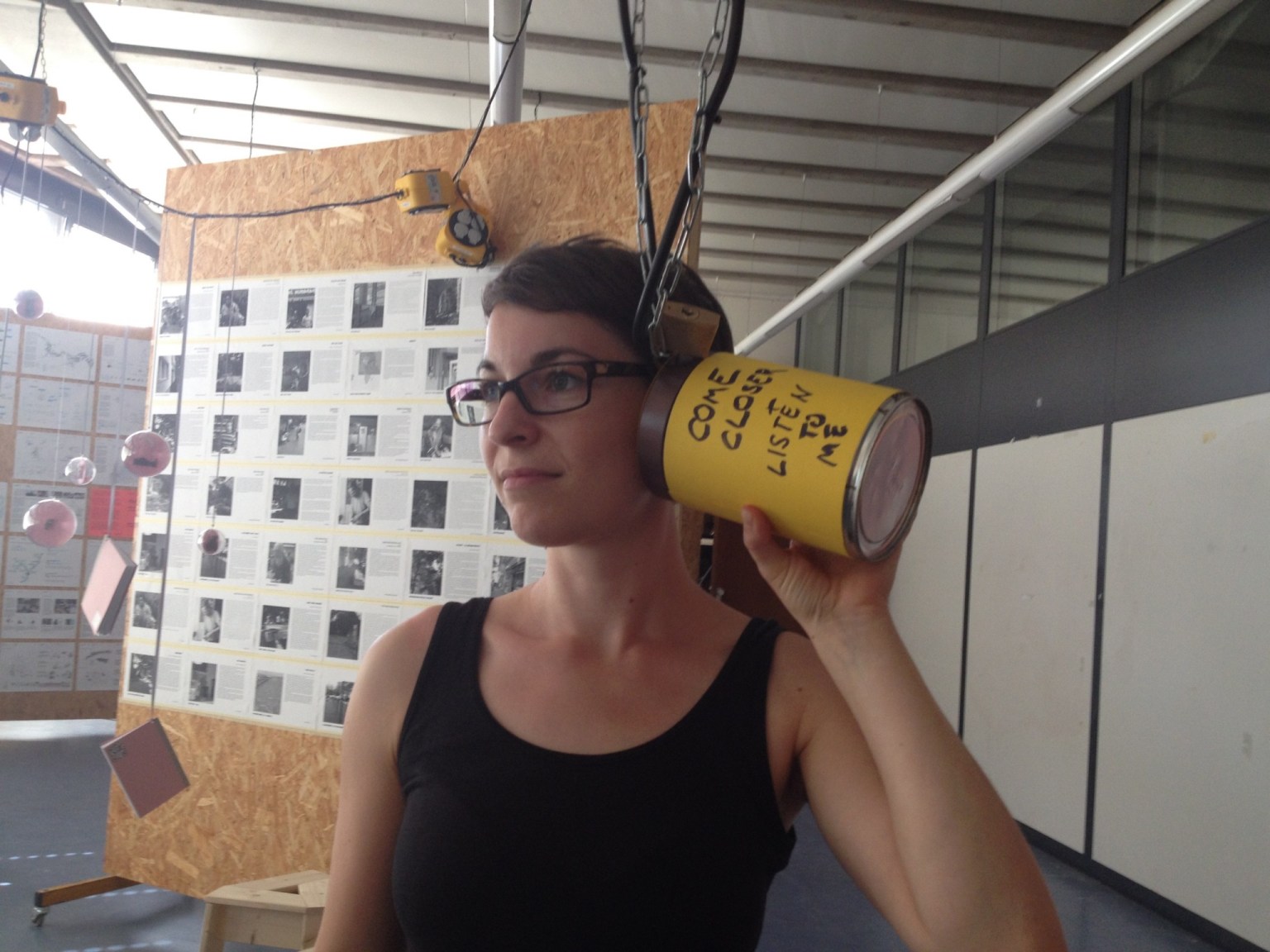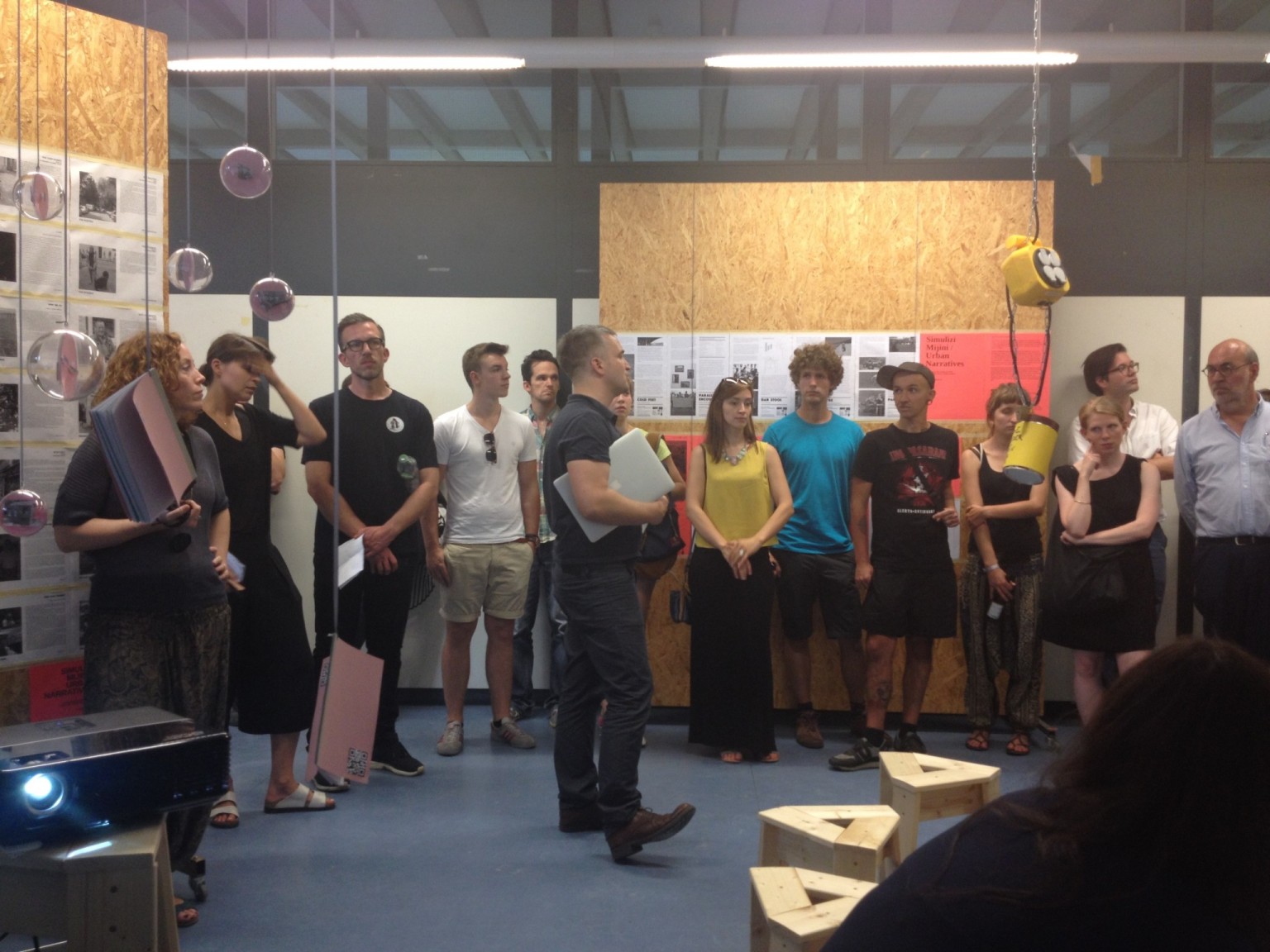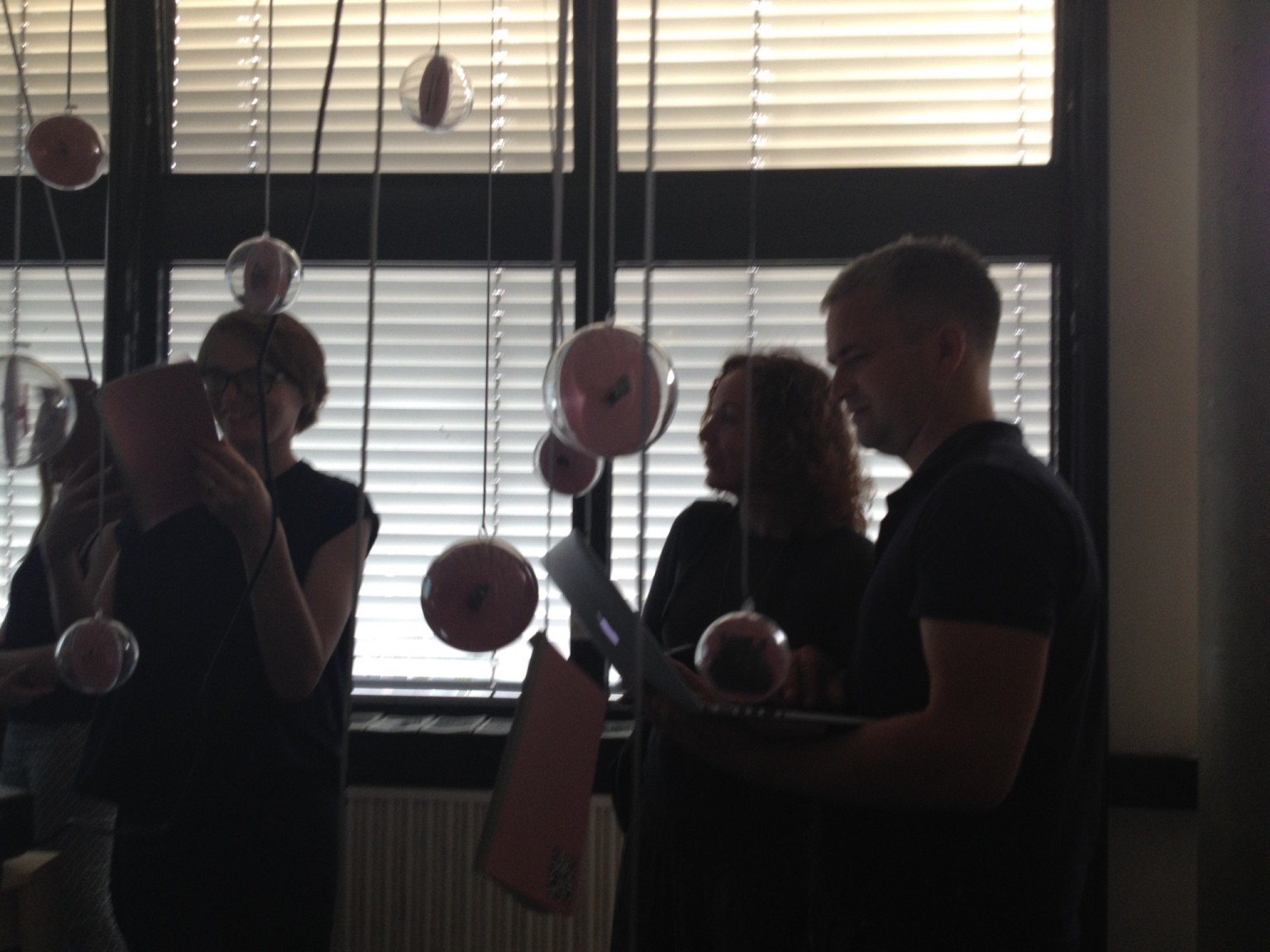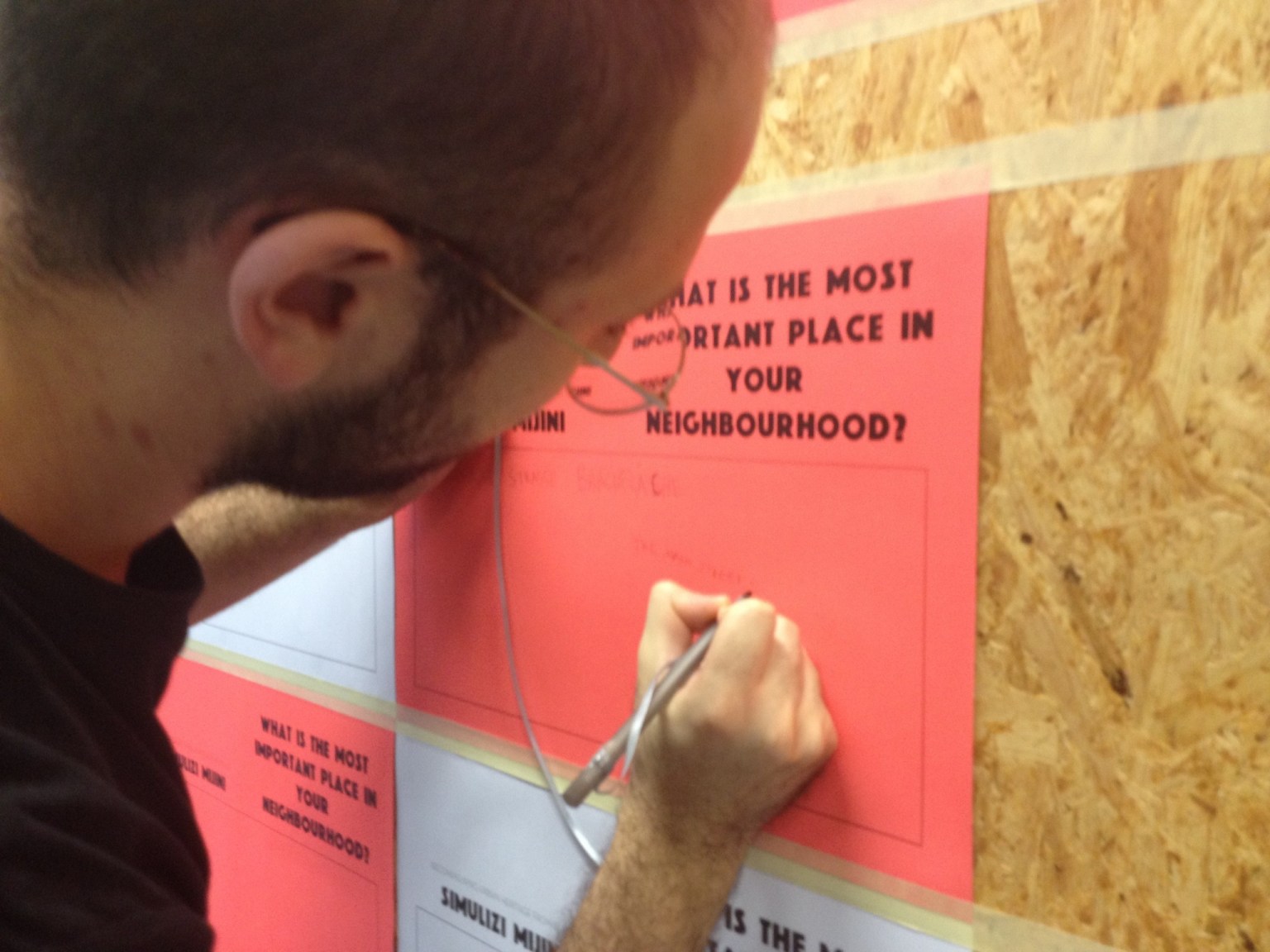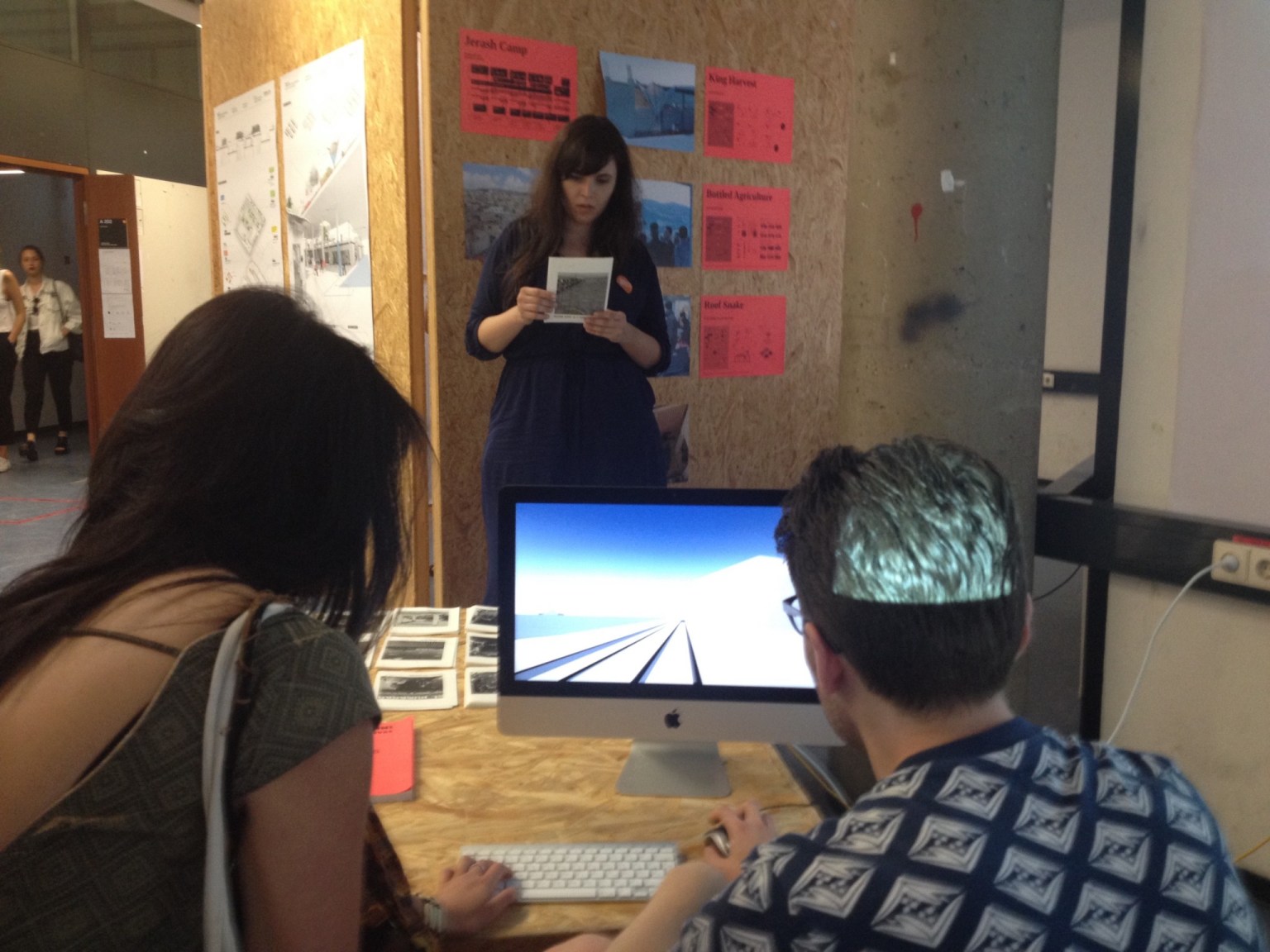Every year, departments from the Technische Universität Berlin present the research and teaching projects that have been created throughout the winter and summer semesters. The exhibition for the Institute of Architecture (in German: Jahresende IFA Ausstellung) took place on Friday, July 22th. It was for us the opportunity to show the work that surrounds Simulizi Mijini, and receive feedback on the project. This multi-layered programme is quite hard to explain rapidly, but to recapitulate, it encompasses: an ongoing residency exchange programme where ten artists from Germany and Africa will stay either at Nafasi Art Space (Dar) or ZK/U (Berlin), two summer schools with students from Ardhi University and TU Berlin, from architecture and urban design degrees, the first of which has already taken place in Dar (second one upcoming in Berlin), a seminar exploring the political and social issues which surround the construction of heritage in urban spaces, taught by Dr Rachel Lee and Diane Barbé in the winter semester, and finally, a research studio focusing on how to collect and organise perceptions of heritage from below, and how to analyse and disseminate this knowledge.
This studio led by Dr Rachel Lee, Diane Barbé and Anne-Katrin Fenk, led students to design online interactive platforms where narratives of heritage could be archived and visualised. It also explored the question of comparative urban studies, using the example of Berlin and Dar es Salaam, asking which research methods and which forms of analysis can allow us to understand urban experiences on the same level. The postcolonial context, which can be seen as one major link between the cities, and its remaining narratives in each city, will be addressed in the upcoming summer school in Berlin, which will take place from August 29-September 17 and will welcome 8 students from Ardhi University, as well as supervisor Richard Besha, for three weeks of workshops, city explorations, research and roundtable discussions.
The Platforms
Below are the six platforms designed by students from architecture and urban design in the Simulizi Mijini Research Studio: Reconfiguring Urban Heritage From Below in Berlin, Germany and Dar es Salaam, Tanzania:
The IFA Ausstellung
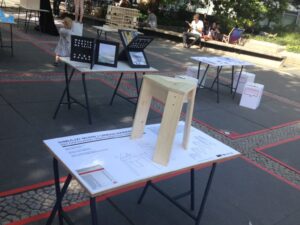 Outside of the main building, each studio from the IFA presented an object that could begin to tell a story. For Simulizi Mijini, we showed one of the stools which are now present in both Dar and Berlin, and that have been exchanged and moved around in the city’s public spaces and cultural centres after artist Alex Römer organised carpentry workshops to build them collectively for his residency project. The studio space, on the second floor, was shared with some other Habitat Unit projects such as the Studio Rural +, which explores recent transformations in peri-urbain spaces in China, MOVE, a student-led project considering creative ways to relink architects with community participation, as well as different studios exploring the world of refugees and asylum-seekers in Berlin, taking for instance the practical, social and cultural dimensions of shared cooking as a starting point from which to develop architectural and urban design solutions on variety of scales with the studio Refugee City and the Kitchen Hub summer school.
Outside of the main building, each studio from the IFA presented an object that could begin to tell a story. For Simulizi Mijini, we showed one of the stools which are now present in both Dar and Berlin, and that have been exchanged and moved around in the city’s public spaces and cultural centres after artist Alex Römer organised carpentry workshops to build them collectively for his residency project. The studio space, on the second floor, was shared with some other Habitat Unit projects such as the Studio Rural +, which explores recent transformations in peri-urbain spaces in China, MOVE, a student-led project considering creative ways to relink architects with community participation, as well as different studios exploring the world of refugees and asylum-seekers in Berlin, taking for instance the practical, social and cultural dimensions of shared cooking as a starting point from which to develop architectural and urban design solutions on variety of scales with the studio Refugee City and the Kitchen Hub summer school.
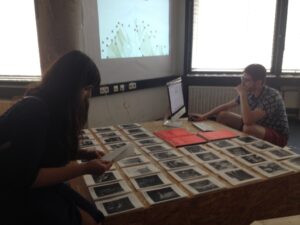 As part of Simulizi Mijini, we present urban narratives of heritage collected in Dar es Salaam, some of which can be read here. In the back, on the computer screen, a student is exploring the 3D visualisation of Westhafen in Moabit called DOMAA (www.domaa.org), which is an online interface where users can walk around as if in a game, click on pictures and texts left there by other users on the theme of heritage, and reflect on the vision of this part of Berlin as a series of inaccessible islands whose only visible features are the edges. On the back wall, the entry page for the platform called Mass Tracker which weaves stories and facts about Fritz-Schloss-Park into a mountain to explore as a game on mobile devices, drawing on the hidden memory of the rubbles mountains of WWII.
As part of Simulizi Mijini, we present urban narratives of heritage collected in Dar es Salaam, some of which can be read here. In the back, on the computer screen, a student is exploring the 3D visualisation of Westhafen in Moabit called DOMAA (www.domaa.org), which is an online interface where users can walk around as if in a game, click on pictures and texts left there by other users on the theme of heritage, and reflect on the vision of this part of Berlin as a series of inaccessible islands whose only visible features are the edges. On the back wall, the entry page for the platform called Mass Tracker which weaves stories and facts about Fritz-Schloss-Park into a mountain to explore as a game on mobile devices, drawing on the hidden memory of the rubbles mountains of WWII.
For the exhibition, the students explored different media to visualise and express the narratives they collected about urban heritage while doing fieldwork in Moabit. For instance, they used the form of diaries or snowglobes to encapsulate old memories in a place. As well, oral history was seen as one of the main vehicles for transmitting stories about cities. One of the most important aspects for exploring the city “from below” is that of public participation: hence visitors could interact with the platforms and answer questionnaires (which were also passed around in public events in Dar es Salaam during the first summer school).

